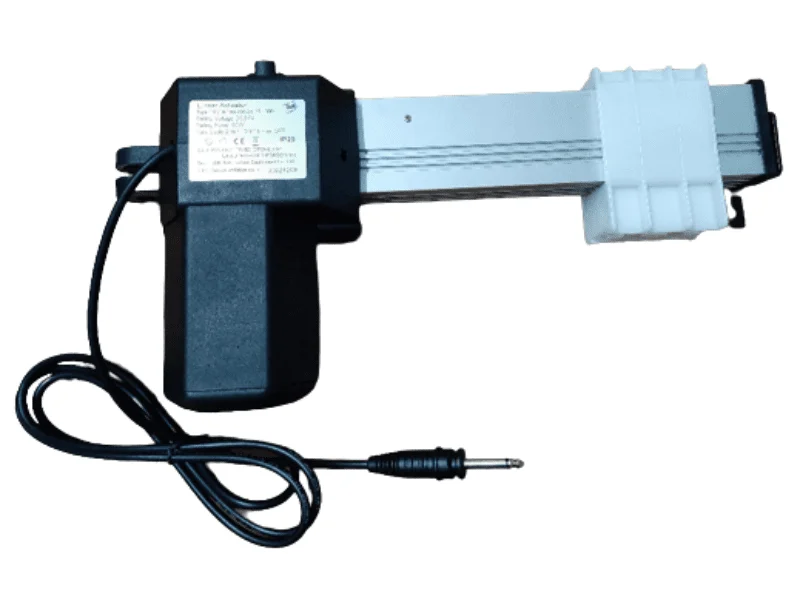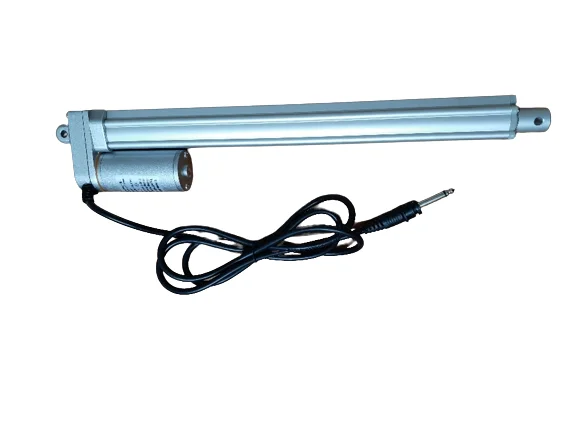The Actuators and sensors play a vital role in modern automation technology, present in a wide range of everyday devices and advanced industrial systems. Together, they gather information, respond to stimuli, and produce mechanical movements. In this blog post, we’ll delve into the basics of actuators and sensors, exploring their functions and how they work together.
what is actuators and sensors?
To begin, let’s look at actuators. These devices convert electrical, hydraulic, or pneumatic energy into mechanical motion and are a crucial component of many machines. They are used in a variety of applications, from small devices like robotic arms to large industrial systems such as hydraulic presses. Depending on their mode of operation, there are several types of actuators. Hydraulic actuators use pressurized fluids to produce mechanical motion, while pneumatic actuators use compressed air. On the other hand, electric actuators use electrical energy to produce mechanical motion.
Now let’s turn our attention to sensors. These devices detect and respond to physical stimuli such as temperature, pressure, or light, and convert the stimuli into electrical signals. These signals can be processed and analyzed by a computer or control system. Sensors have a wide range of applications, from monitoring the environment to controlling industrial processes. There are several types of sensors, including temperature sensors, pressure sensors, and light sensors.
Working of actuators and sensors
Actuators and sensors work together to produce feedback and control systems. In these systems, sensors detect changes in the environment and send signals to a control system. The control system then processes the signals and sends instructions to the actuators to produce the desired mechanical motion. The actuators respond to the instructions and produce the mechanical motion, which is detected by the sensors, creating a feedback loop.
For example, let’s consider a simple temperature control system. A temperature sensor detects changes in temperature and sends signals to a control system. The control system compares the measured temperature to a set point and sends instructions to an electric heater or cooler. The electric heater or cooler then responds to the instructions and produces heat or cold, which is detected by the temperature sensor, creating a feedback loop.
Conclusion
In conclusion, understanding the basics of actuators and sensors is essential for anyone interested in automation, robotics, or industrial control systems. These components work together to gather information, respond to stimuli, and produce mechanical movements. By mastering the fundamentals of these components, you can unlock the power of modern technology and equip yourself with the knowledge to tackle complex problems. If want to know more about actuators and sensors kindly visit our website https://electricactuator.in/












